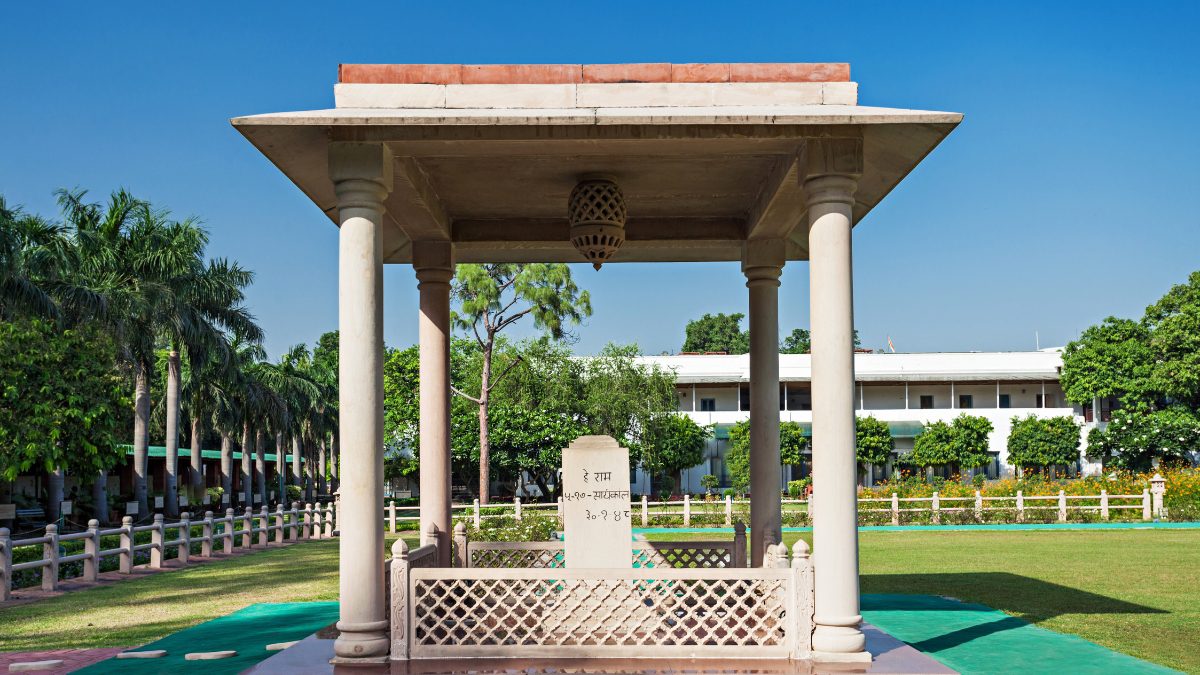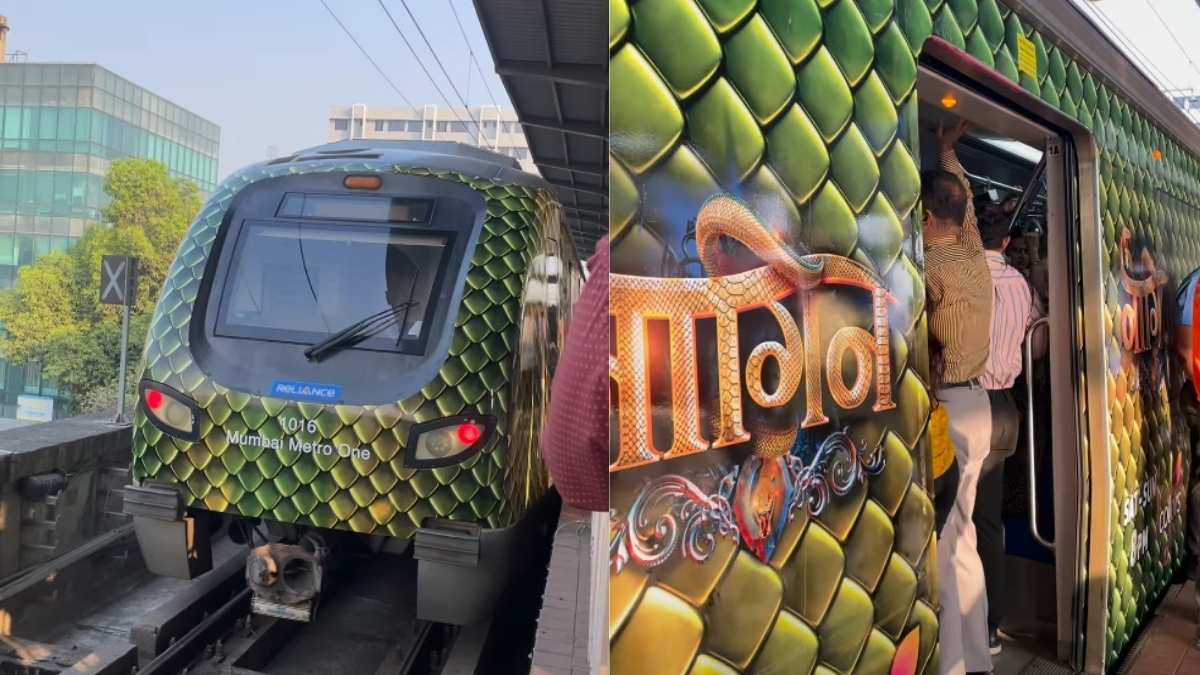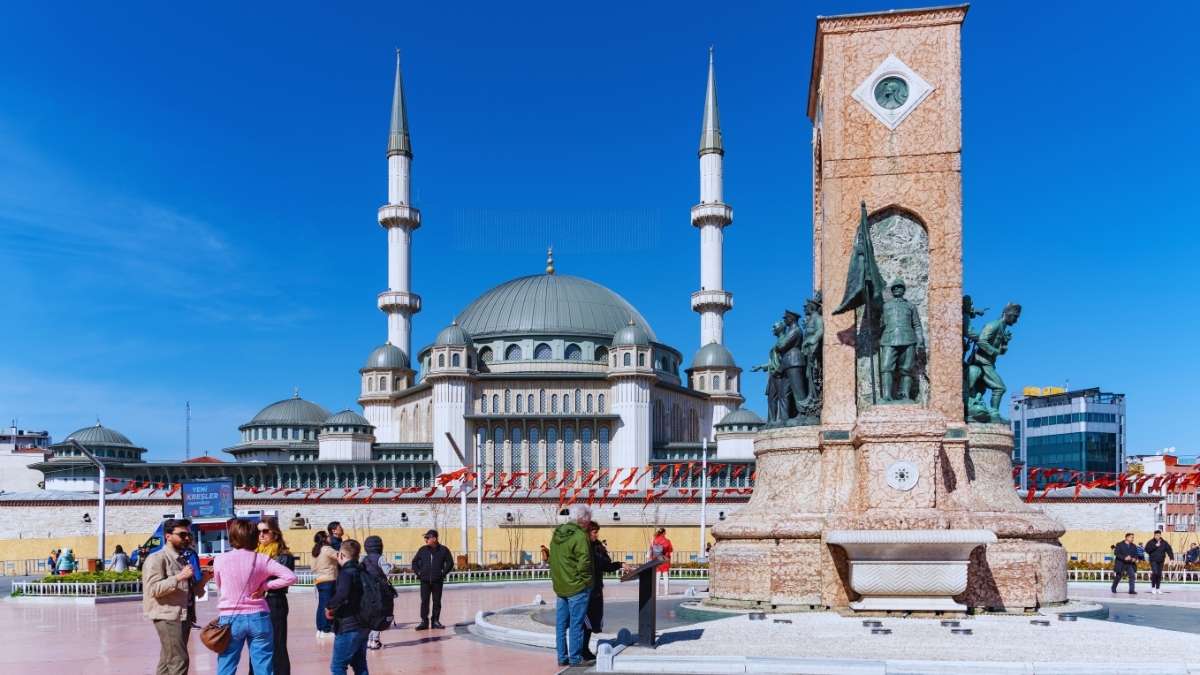The Independence movement of our country saw numerous dark phases. From tortured labour to massacres, it was a truly dark period. Dark tourism involves visiting places associated with death, tragedy, or significant historical events. While the Indian independence movement was a pivotal moment in the country’s history, it is essential to approach these sites with sensitivity and respect for the events that took place. Here are some dark tourism places related to the Indian independence movement.
Dark Tourism Places To Visit On Independence Day
1. Dandi, Gujarat
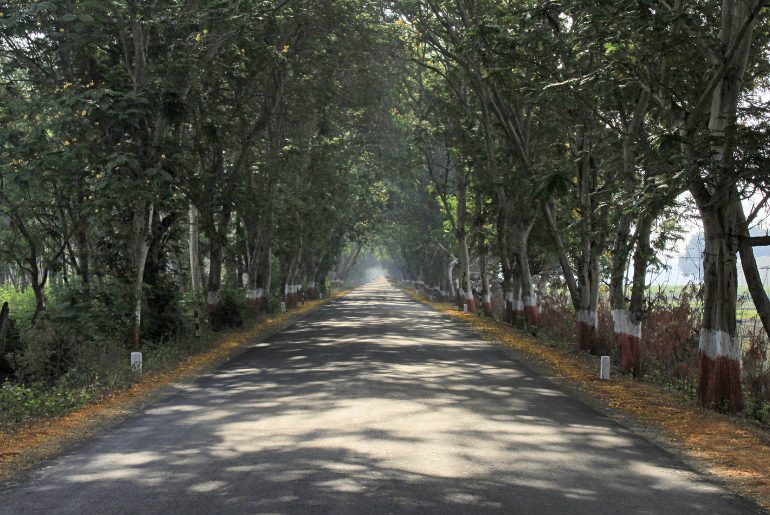
Dandi holds immense importance as the endpoint of Mahatma Gandhi’s historic Salt March in 1930. Gandhi, along with thousands of followers, marched for 240 miles to Dandi to protest against the British salt monopoly and symbolically produce salt from seawater. Visiting Dandi is a show of patriotism as it celebrates the significance of this iconic event, which ignited the spirit of civil disobedience across the country and marked a turning point in the independence movement.
2. Gandhi Smriti (Birla House), New Delhi
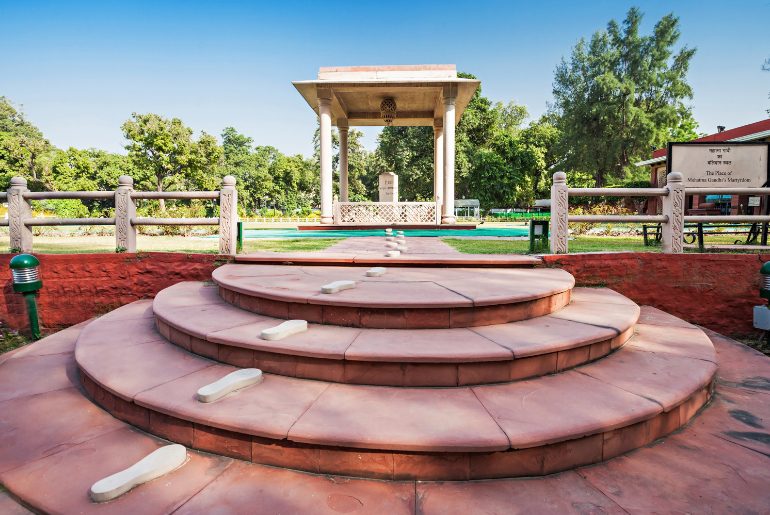
Gandhi Smriti, formerly known as Birla House, is the place where Mahatma Gandhi was assassinated on January 30, 1948. It has been converted into a museum and memorial to honour his legacy. Visiting Gandhi Smriti is a display of patriotism as it commemorates the life and teachings of the Father of the Nation. It allows us to reflect on his message of nonviolence and truth.
Also Read: Thanekars, Traffic Jams To Ease As Heavy Vehicles Banned During 5 AM To 11 PM In The City
3. Hussainiwala Border, Punjab
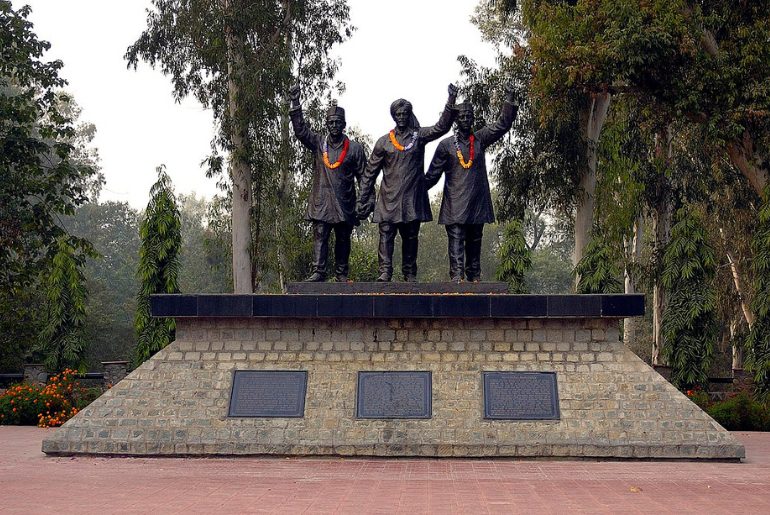
Hussainiwala is the site where Bhagat Singh, Rajguru, and Sukhdev, three brave freedom fighters, were executed by the British on March 23, 1931. Their sacrifice galvanised the independence movement and inspired countless Indians to join the fight against colonial rule. Visiting the Hussainiwala Border is an act of patriotism, as it allows us to pay homage to these heroes who laid down their lives for the country. It reinforces our commitment to upholding their ideals of liberty, equality, and justice.
4. Cellular Jail, Andaman and Nicobar Islands
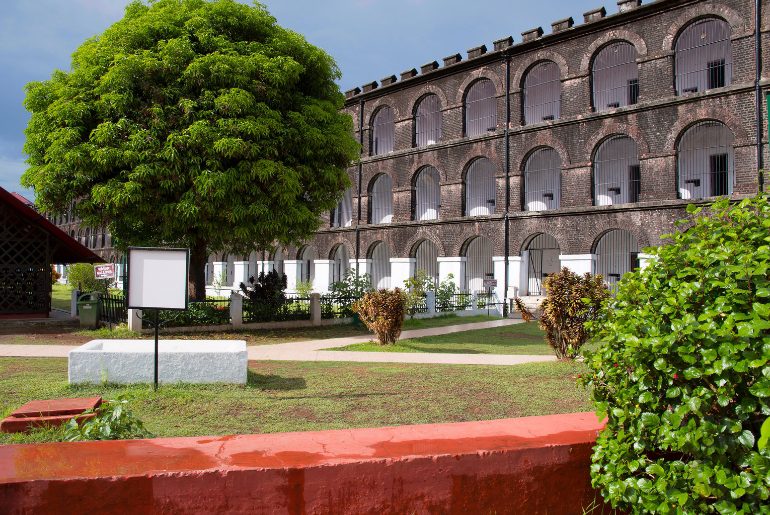
The Cellular Jail, also known as Kala Pani, was a colonial prison used by the British to incarcerate Indian freedom fighters. It housed several prominent leaders, including Vinayak Damodar Savarkar and Batukeshwar Dutt. The conditions in the jail were harsh, with prisoners subjected to cruel treatment and forced labour. Visiting the Cellular Jail evokes a sense of patriotism as it allows us to understand the immense suffering endured by our freedom fighters in their quest for independence.
5. Jallianwala Bagh, Amritsar, Punjab
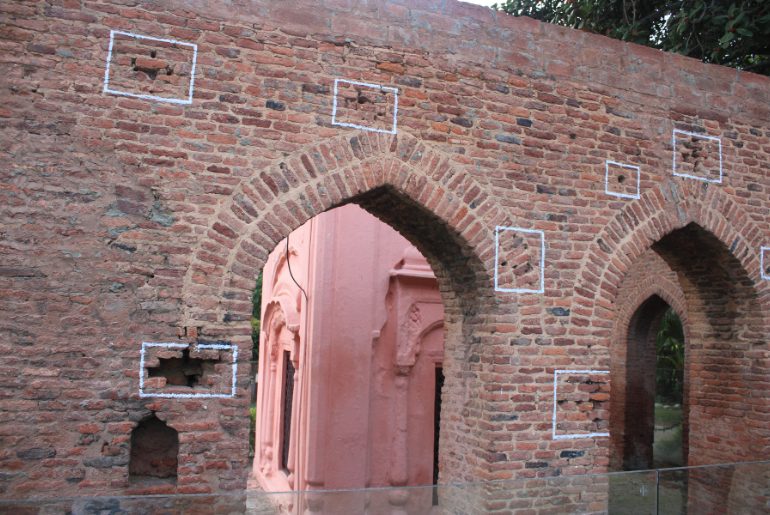
Jallianwala Bagh is a public garden that witnessed one of the most horrifying events in Indian history, known as the Jallianwala Bagh Massacre. On April 13, 1919, British troops, under the command of General Reginald Dyer, opened fire on a peaceful gathering of Indians who had gathered to protest against the repressive Rowlatt Act. The troops fired for about ten minutes, killing hundreds of unarmed men, women, and children and injuring thousands. This brutal incident left a deep scar on the Indian psyche and intensified the struggle for independence.
Visiting these dark tourism spots can be an opportunity to learn about the history of the Indian independence movement.
Cover Image Courtesy: Canva
First Published: August 03, 2023 12:16 PM
